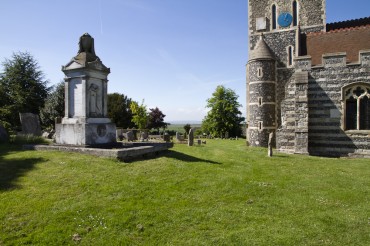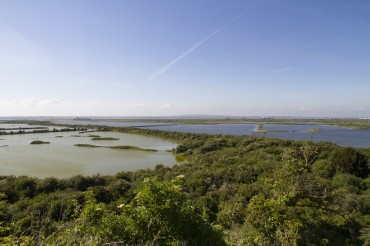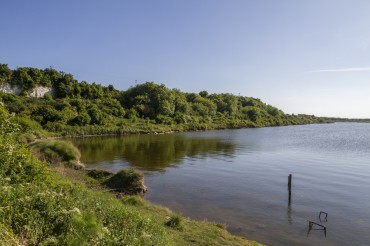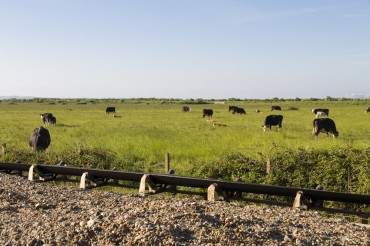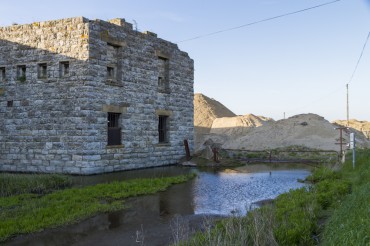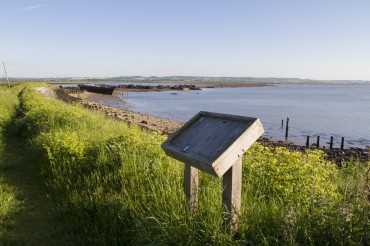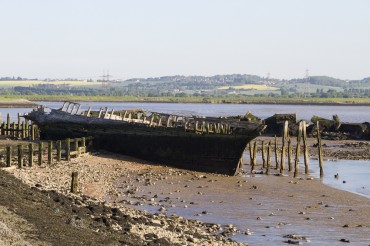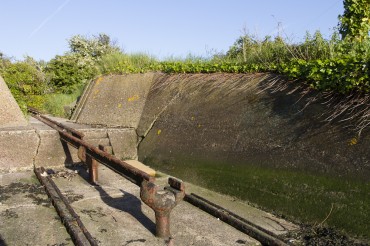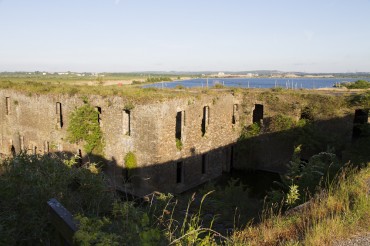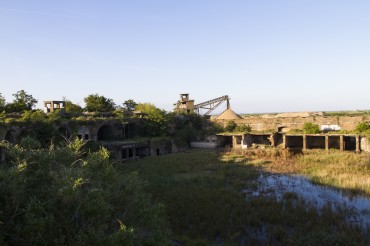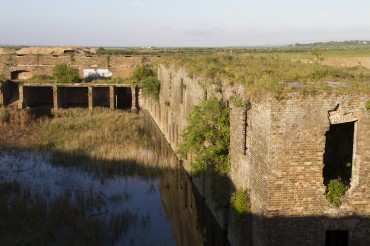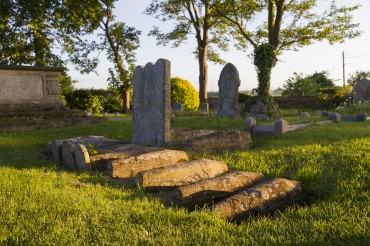Tom and I were in England and had stayed the night in Somerset with Alessandra. In the late morning, we drove across to the Hoo peninsula, as I wanted to visit Cliffe fort. When we arrived at Cliffe, we parked by St Helen’s church, assuming the way to the fort would be marked by signs.
We wandered for a while by the marshes and climbed up to look over the pools into the Thames Estuary. I had read that much of the marshland here had been drained by Henry Pye in the late 1800s, not only to increase farmland but also to reduce the incidence of malaria (or “marsh fever” as it was known).
At one point we thought we had found the fort, but this turned out to be some derelict lime kilns. We soon realised it was unlikely that we would just happen upon it. Not only was it not signposted, but it was also not clearly marked on any contemporary maps we looked at. It was as if it had already sunk.
We managed to get an internet connection and Alessandra found some directions on her phone, which said that we should drive a little way out of the village.
It was now early evening, and I was beginning to worry about losing light. We eventually found the route from Salt Lane along a private road. Following the conveyor belt, we walked toward the gravel works at Cliffe Creek. At the end was the fort: waterlogged and unmaintained, it had been left to fall into estuary.
We climbed up on to the Saxon Shore Way, where we saw the beached wreck of the Hans Egede; I later learned that this was a Danish ship and was named after the Norwegian missionary who had brought Lutheran Christianity to the Inuit people of Greenland.
By the jetties in front of the fort, we found the torpedo launch. This was built in the 1890s for the Brennan torpedo, which is often referred to as the world’s first guided missile. The only report I know of a torpedo being fired here and hitting a vessel was in 1901, when it hit the ketch WS Flower during trials. The captain, his wife and crew were able to get into a boat they were towing and survived.
Tom found a way on to the fort, using a makeshift platform over the fence. From the top, we could see into its flooded interior.
Before driving to London, we had dinner at a pub in the nearby village of Cooling. Cooling is known for its connection to Lollardry, and its churchyard is said to be the setting for the opening chapter of Great Expectations. Dickens wrote of five “little stone lozenges”, although here there are thirteen marking the graves of children from the Comport family, mostly thought to have died of malaria in the late 18th century.

